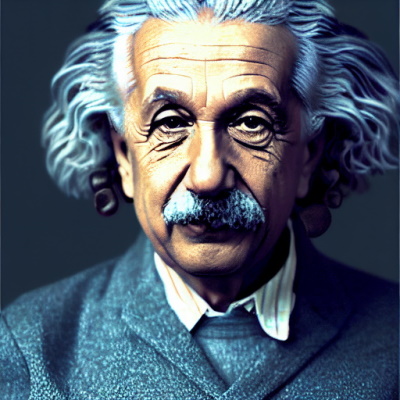Data Science
Selecting a model for accurate prediction
 AskAI
AskAI
There are many ways to select a model for accurate prediction, but some common methods include using a cross-validation set or a hold-out set. You can also use a variety of metrics to evaluate the performance of your model, such as accuracy, precision, recall, and F1 score.
Determining Clusters and Outliers in a Set of Data
 AskAI
AskAI
Given a set of data points, this problem deals with determining which points are clustered together and which points are outliers. Outliers are points that are not close to other points in the data set.
Handling Missing Data in Machine Learning
 AskAI
AskAI
There are a few different ways to handle missing data when training a machine learning model, including imputation, deletion, and model-based methods.
Testing the accuracy of your spam email predictive model
 AskAI
AskAI
To test the accuracy of your spam email predictive model, you can use a holdout dataset or cross-validation. With a holdout dataset, you would split your data into a training set and a test set. You would train your model on the training set and then evaluate it on the test set. With cross-validation, you would split your data into a number of folds . For each fold, you would train your model on the training data and then evaluate it on the test data. You can then average the accuracy of your model across all the folds.
Predicting US House Prices
 AskAI
AskAI
The given dataset contains information on house prices in a US city. The task is to use this data to predict the price of a house given its features.
Predicting House Prices with Linear Regression
 AskAI
AskAI
To predict the price of a house, we can use linear regression to learn the relationship between house size and price. Then, to predict the price of a new house, we can simply plug in the size of the house into the trained model.
Clustering customer reviews
 AskAI
AskAI
This problem involves clustering customer reviews in order to group together similar reviews and distinguish different groups of reviews. This can be done using unsupervised learning methods such as k-means clust ering.
